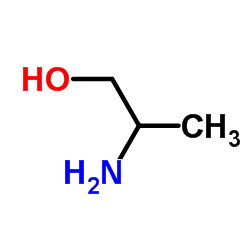| Structure | Name/CAS No. | Articles |
|---|---|---|
 |
L-Alaninol
CAS:2749-11-3 |
|
 |
DL-Alaninol
CAS:6168-72-5 |